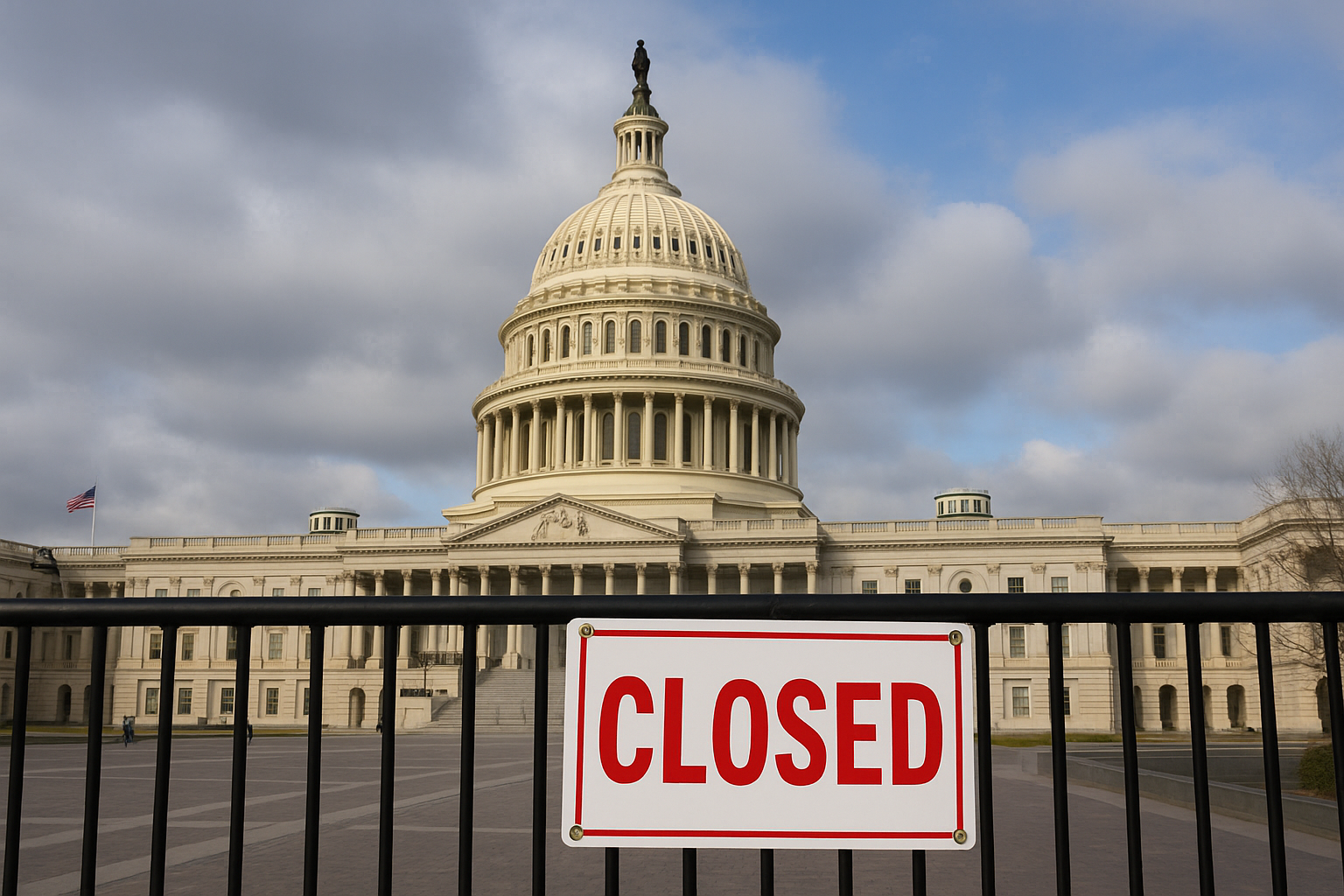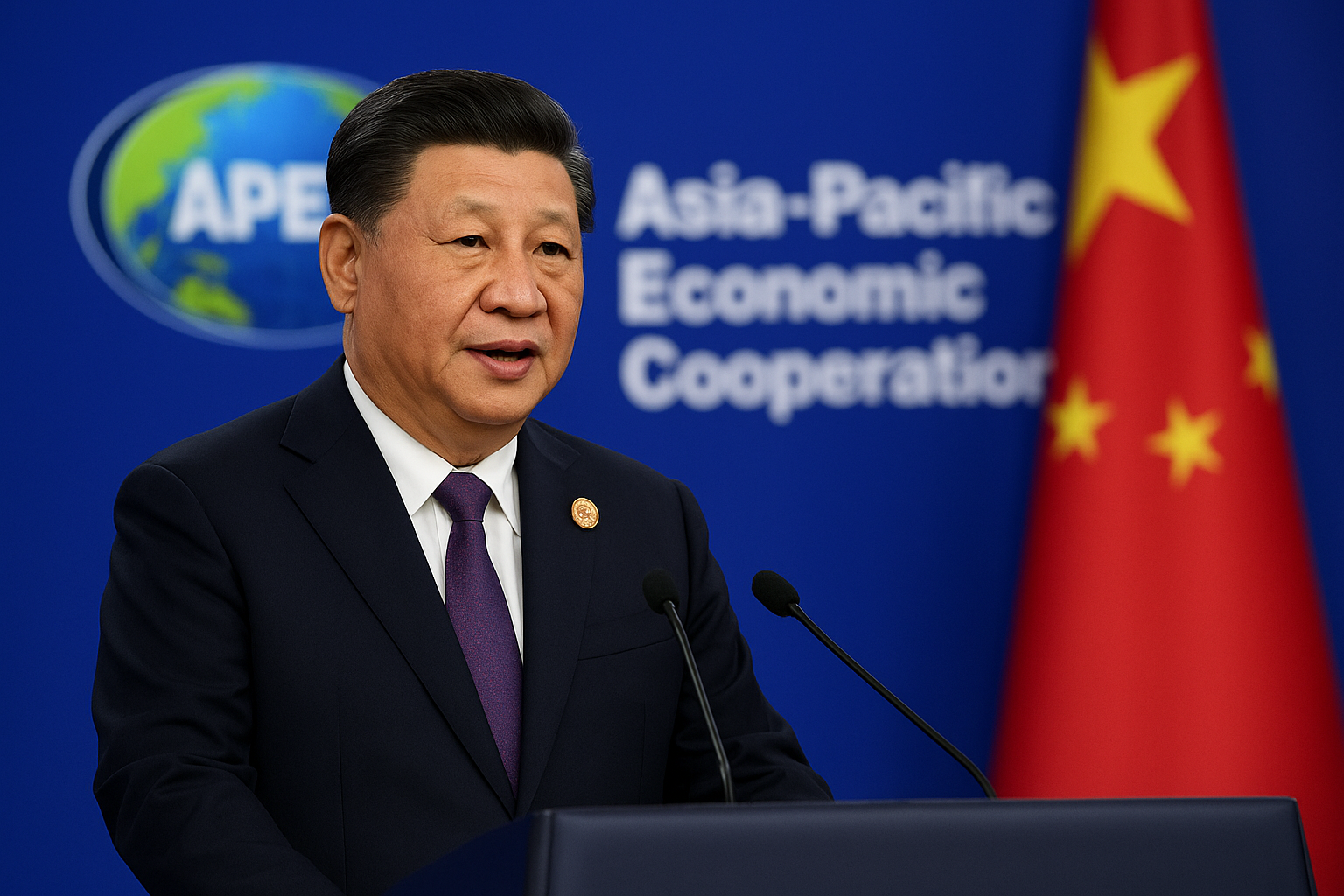Market Caution Surfaces as Gold Pulls Back and Trade Talks Continue
After hitting record highs earlier this month, gold prices are showing signs of retreat—a movement that has investors reevaluating their safe-haven strategies. As global tariff discussions intensify and key economic indicators offer mixed signals, gold’s pullback highlights shifting market sentiment in an uncertain economic environment.
This recalibration presents both challenges and opportunities for investors navigating a landscape shaped by geopolitical risks and inflationary pressures.
Why This Matters for Investors Now
Gold has long served as a barometer for market anxiety. According to Investopedia, spot gold prices eased by 1.2% on Thursday, pulling back from an all-time high reached earlier in April. This decline follows renewed optimism around U.S.-China trade negotiations, which could reduce the immediate need for safe-haven assets.
Yet despite the pullback, the fundamentals supporting gold’s longer-term strength remain intact: ongoing central bank purchases, persistent geopolitical tensions, and the ever-present risk of inflation continue to underpin demand.
“Gold’s retreat appears more like profit-taking rather than a fundamental shift in market dynamics,”
— Senior Market Analyst, Stock Traders Daily, April 25, 2025
Investors are carefully watching tariff developments, recognizing that any stall or reversal in trade talks could reignite demand for gold’s traditional safety net.
Analyzing Gold’s Current Movements
Several key factors are influencing gold’s recent price action:
- Tariff Talks: News of progress in U.S.-China trade relations has eased fears, prompting some risk-on sentiment and reduced demand for gold.
- Economic Data: Recent reports, including stronger-than-expected U.S. manufacturing activity, suggest a resilient economy, reducing immediate fears of a downturn.
- Profit-Taking: After a nearly 15% rally over the past three months, some investors are locking in gains, temporarily weighing on prices.
However, the backdrop remains complex. According to GlobeNewswire, central banks worldwide added a net 50 tonnes of gold to their reserves last month—underscoring continued institutional interest in the precious metal despite short-term market movements.
Future Trends to Watch
Looking ahead, several dynamics could shape gold’s trajectory:
- Interest Rate Policy: Should inflation pressures rise again, central banks may tighten monetary policy, which could create headwinds for non-yielding assets like gold—or, paradoxically, drive demand if rate hikes trigger recession fears.
- Geopolitical Risks: Ongoing conflicts in Eastern Europe and political instability in emerging markets could rekindle safe-haven demand.
- Dollar Strength: The U.S. dollar’s performance remains inversely correlated with gold. A weakening dollar could provide further tailwinds for gold prices.
Investors must remain attuned to these crosscurrents, recognizing that gold’s role as a hedge against volatility is likely to endure even as short-term fluctuations play out.
Key Investment Insight
While gold’s recent retreat reflects short-term market shifts and profit-taking, its fundamental appeal as a hedge against economic uncertainty remains strong. Investors would be wise to consider maintaining gold exposure within diversified portfolios, especially as global trade dynamics and inflation risks continue to evolve.
Suggested strategies:
- Maintain a core allocation: Holding 5-10% of a portfolio in gold or gold-related assets can provide a hedge against systemic risks.
- Look beyond physical gold: Explore gold ETFs, mining stocks, and streaming companies to gain diversified exposure.
- Monitor macroeconomic signals: Stay vigilant to shifts in trade policy, inflation trends, and central bank strategies.
Stay Ahead with MoneyNews.Today
As markets continue to react to fast-changing global developments, staying informed is critical. For daily updates on gold, commodities, and broader investment trends, follow MoneyNews.Today—your essential source for actionable financial insights.
Stay informed. Stay diversified. Stay resilient.





